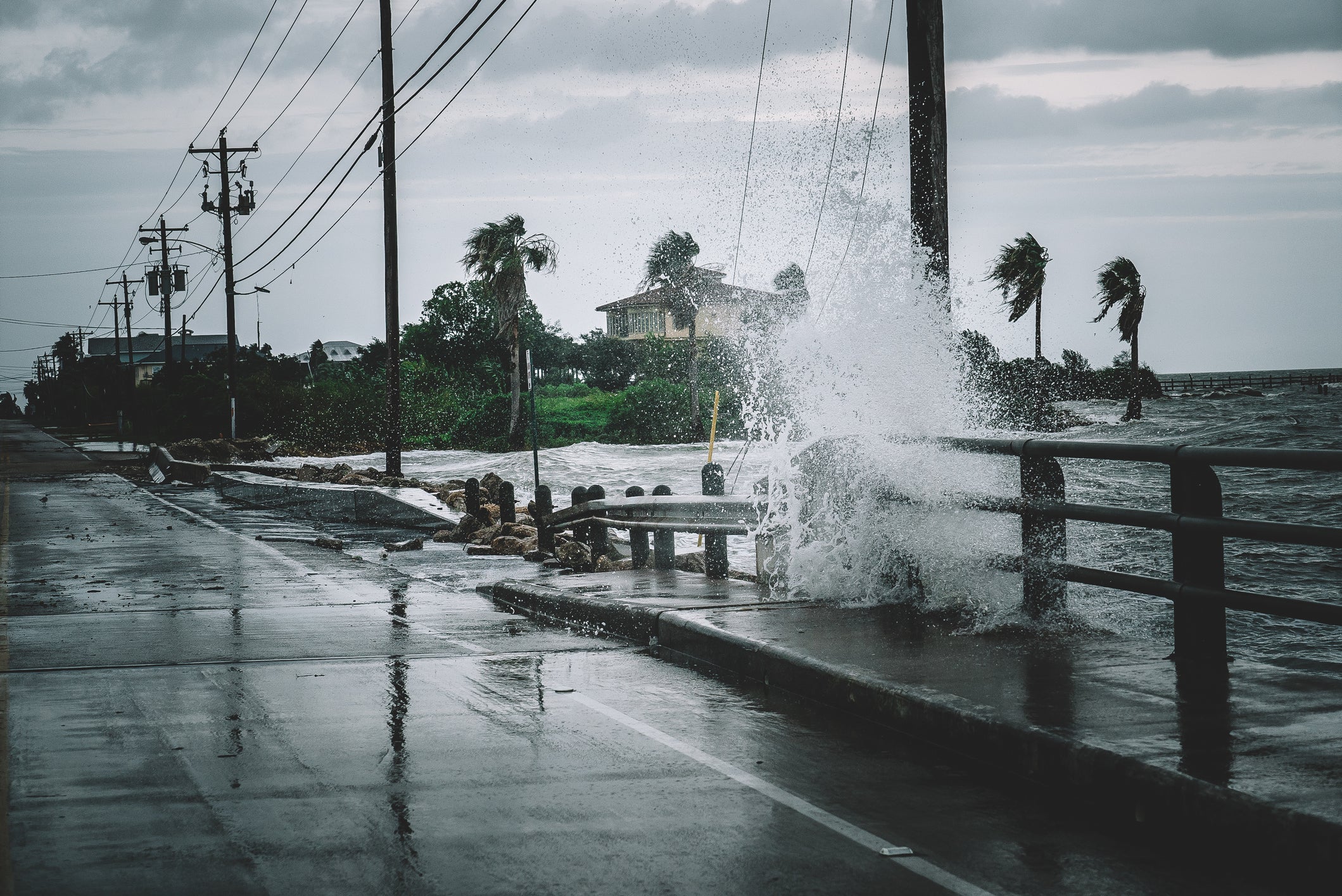Quick Summary: As Hurricane Melissa strengthens into a potentially record-setting storm, it’s crucial to understand the science driving its intensity and how to prepare effectively. From warm ocean waters and atmospheric dynamics to the right PPE and emergency gear, this article walks you through both science and safety so you—and your team—are ready.
The Science Behind Hurricane Melissa
Hurricane Melissa formed in the Atlantic and rapidly intensified into a Category 5 system with sustained winds of approximately 185 mph. :contentReference[oaicite:1]{index=1} This makes it not only the strongest storm ever recorded to hit Jamaica, but one of the most intense in the Atlantic Basin overall. :contentReference[oaicite:3]{index=3}
Key factors contributing to Melissa’s strength:
- Very warm sea surface temperatures in the Caribbean Sea — providing abundant heat energy.
- Low wind shear allowing the storm to organize and intensify rapidly.
- Slow forward motion, increasing rainfall accumulation and exposure time.
Scientists are pointing to the warming oceans — a trend linked to climate change — as a major contributor to storms of this magnitude. :contentReference[oaicite:4]{index=4} In short: When the ocean is warmer and conditions are favorable, a tropical system can turn into a monster faster than in previous decades.
What does this mean for preparedness? Even regions outside the immediate landfall zone must maintain vigilance. Storm surge, high winds, flooding, and infrastructure damage are all realistic threats.
Why This Matters for Safety & PPE Planning
When a storm like Melissa approaches, the hazards go beyond high winds and rain. For businesses and safety managers, this means preparing your team and equipment accordingly. The right gear can make the difference between safe response and unnecessary risk.
Here’s how you can translate meteorology into practical PPE action:
Before the Storm Hits
Ensure you have access to gear that protects against wind, flying debris, water intrusion, and reduced visibility. Consider stocking items such as:
- Hard Hats – to protect against structural damage, fallen limbs, or overhead hazards.
- Safety Glasses or Goggles – to guard against wind-blown debris or shattered glass.
- High-Visibility Apparel – essential if your team must operate in low light or weather-reduced visibility during cleanup.
- Chemical-Resistant Gloves – for dealing with contaminated water, fuel leaks, or chemical spills post-storm.
During the Storm or When Shelter is Required
While sheltering is often the safest choice when a storm like Melissa approaches, if your team must respond or relocate equipment, ensure they are equipped with basic protective gear. That includes robust gloves, protective eyewear, and hard hats. Visibility gear is also critical if power fails and lighting is limited.
After the Storm Passes: Recovery & Cleanup Phase
Once the main hazard has passed, the risk environment shifts: flooding, debris, contaminated water, power outages, and unstable structures become the primary concerns.
Use this opportunity to review and deploy PPE from your stock: heavy-duty gloves for debris, boots with good slip resistance, high-visibility garments for any work near roads or equipment, and chemical protection gloves if water is contaminated.
Checklist for Your Team
- Perform a hazard assessment—wind damage, flooding, structural instability.
- Assign appropriate PPE matching the job: water intrusion, debris, chemical exposure.
- Inspect existing gear for damage or wear; replace if compromised.
- Ensure storage of PPE is in a dry, protected place so gear is ready when needed.
- Communicate clearly: when to wear what gear, how to don/doff correctly, and what to avoid.
Final Thoughts
Hurricane Melissa stands out not only for its power, but for what it signals—stronger storms may become more common. For safety professionals, this means staying ahead: understanding the science, equipping people properly, and executing response and recovery with intention.
Visit eSafetySupplies.com to review our full line of PPE that aligns with severe-weather readiness, and ensure your team is ready when the next major storm strikes.
About the Author
Mick Chan is a Safety Supplies industry professional with over 15 years of hands-on experience. He specializes in OSHA compliance, PPE regulations, and bulk safety product procurement for high-risk industries. Mick earned his Bachelor’s degree in Business Administration from Cal State LA in 2013 and has been advising companies across California ever since. Born and raised in the San Gabriel Valley, Mick understands the safety needs of businesses in diverse urban and industrial environments. His work focuses on bridging safety compliance with practical product solutions for the modern workplace.

